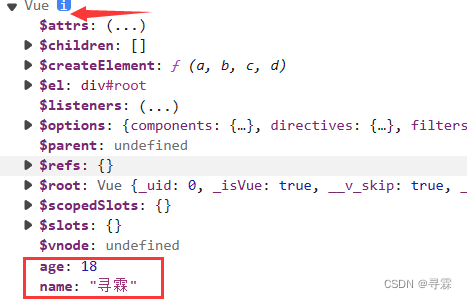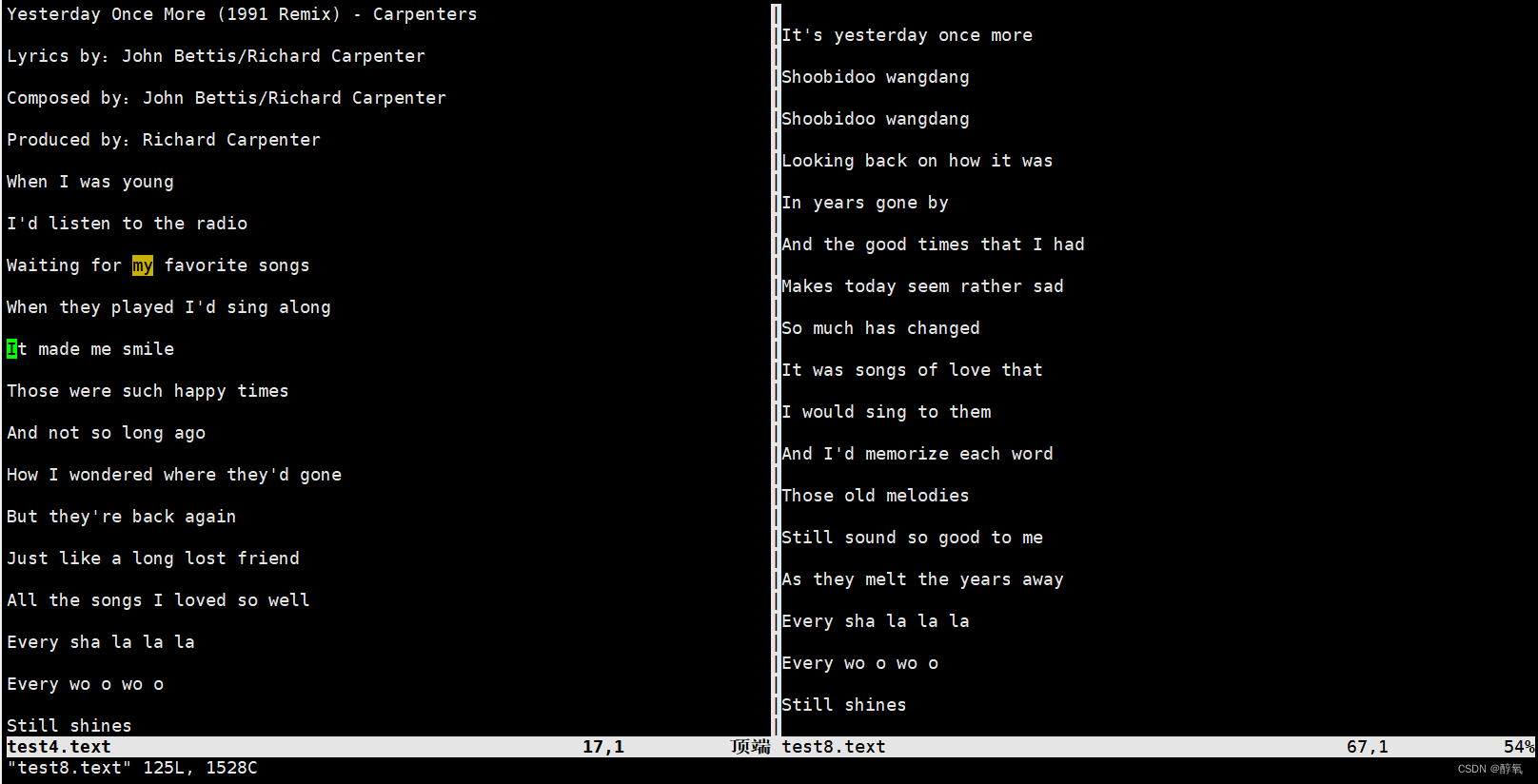python 所有用到的库
alembic==1.12.0
amqp==5.1.1
aniso8601==9.0.1
APScheduler==3.10.4
async-timeout==4.0.3
billiard==4.1.0
blinker==1.6.2
celery==5.3.4
certifi==2023.7.22
cffi==1.15.1
charset-normalizer==3.2.0
click==8.1.7
click-didyoumean==0.3.0
click-plugins==1.1.1
click-repl==0.3.0
colorama==0.4.6
cryptography==41.0.3
DBUtils==3.0.3
Flask==2.3.3
Flask-APScheduler==1.13.0
Flask-Cors==4.0.0
Flask-HTTPAuth==4.7.0
Flask-Migrate==4.0.5
Flask-RESTful==0.3.10
Flask-SQLAlchemy==3.1.1
gevent==23.9.1
greenlet==2.0.2
idna==3.4
importlib-metadata==6.8.0
itsdangerous==2.1.2
Jinja2==3.1.2
jwt==1.3.1
kombu==5.3.2
Mako==1.2.4
MarkupSafe==2.1.3
mysql-connector-python==8.1.0
prompt-toolkit==3.0.39
protobuf==4.21.12
pycparser==2.21
PyJWT==2.8.0
PyMySQL==1.1.0
python-dateutil==2.8.2
python-dotenv==1.0.0
pytz==2023.3.post1
pytz-deprecation-shim==0.1.0.post0
redis==5.0.0
requests==2.31.0
six==1.16.0
SQLAlchemy==2.0.20
typing_extensions==4.7.1
tzdata==2023.3
tzlocal==5.0.1
urllib3==2.0.5
uWSGI==2.0.22
vine==5.0.0
wcwidth==0.2.6
wechatpayv3==1.2.35
Werkzeug==2.3.7
xmltodict==0.13.0
zipp==3.16.2
zope.event==5.0
zope.interface==6.1
uwsgi的配置:
[uwsgi]
#项目目录
chdir=/opt/flask_app
#指定项目的应用,固定写法,承接上面的项目目录
module=auto:app
wsgi-file=/opt/flask_app/auto.py
callable=app
#sock文件存放目录,方便nginx进行sock连接交互
socket=/opt/flask_app/uwsgi_log/uwsgi.sock
#并发进程
workers=4
gevent=1000
max-request=5000
#http-websockets=true
#进程id存放文件
pidfile=/opt/flask_app/uwsgi_log/uwsgi.pid
#启动的ip及端口
http=0.0.0.0:5000
# 对应app.py文件中Flask对象对应的变量名
callable=auto
#静态文件映射,第一个等于代表Django里面的别名,第二个等于后面是Django里面的真实路径
#static-map=/static=/opt/AutomationPlatform/frontend/static/
#启动的用户和组
uid=root
gid=root
#启用主进程
master=true
#自动移除unixSocket和pid文件当服务停止的时候
vacuum=true
#序列化接受的内容,如果可能的话
thunder-lock=true
#启用线程
enable-threads=true
#设置自中断时间
harakiri=20
#设置http连接超时时间,24小时
http-timeout=86400
#设置缓存
post-buffering=1024
#日志存放目录,方便拍错
daemonize=/opt/flask_app/uwsgi_log/uwsgi.log
flask配置
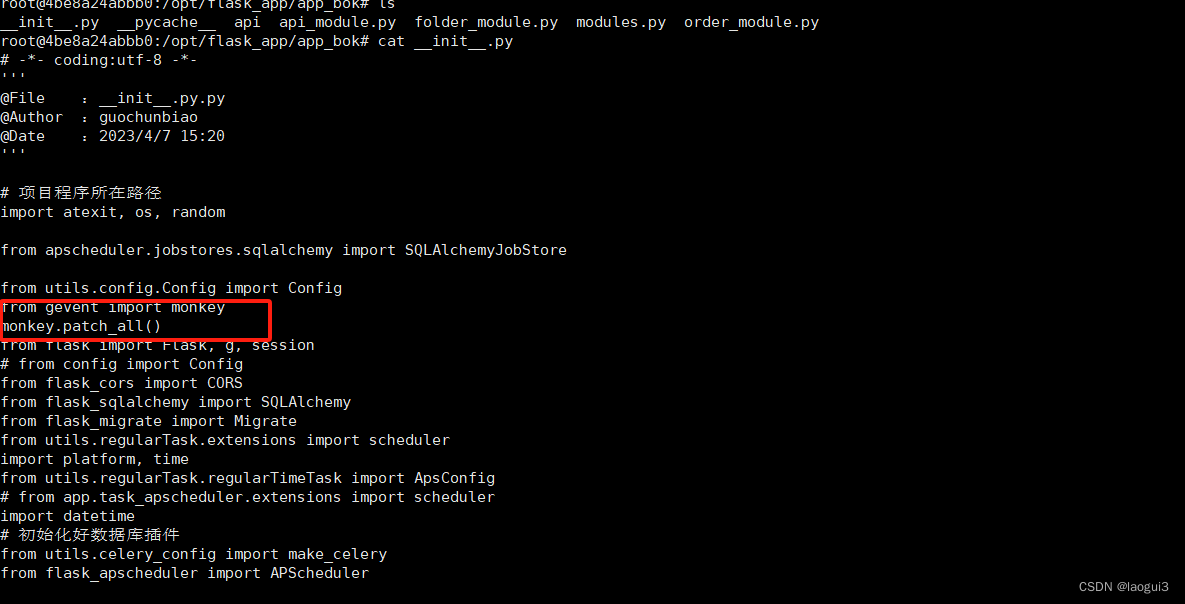
uwsgi --ini auto.py
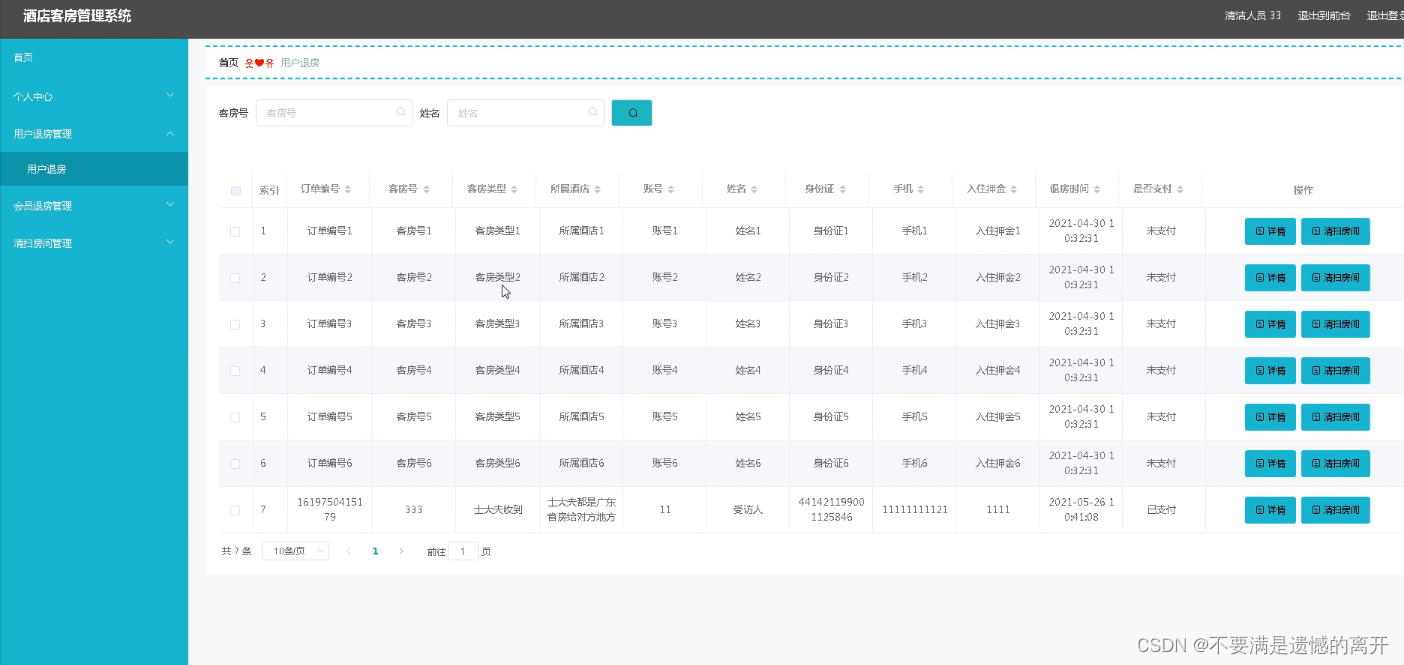

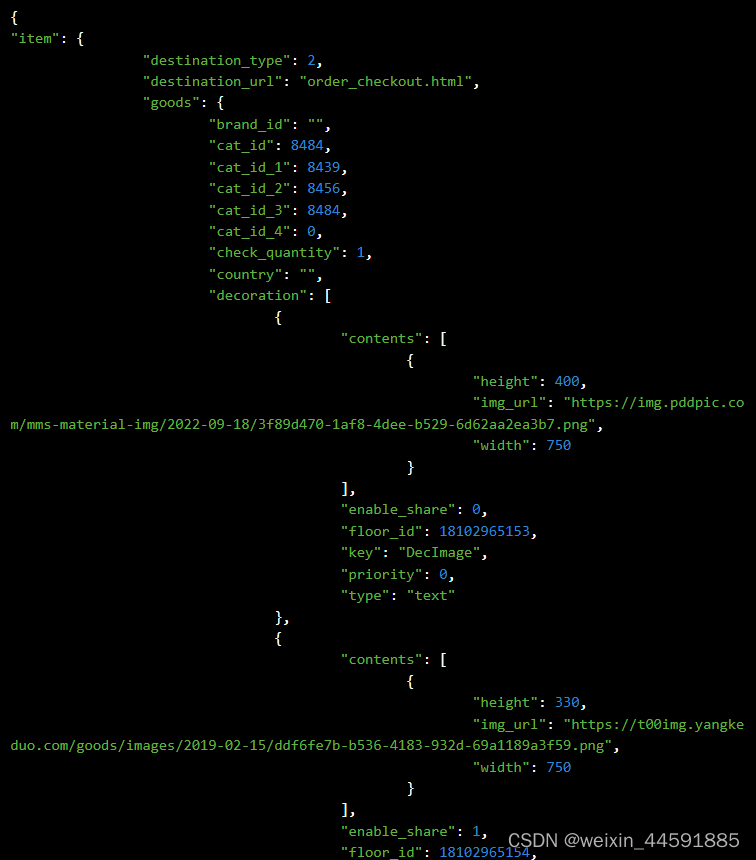
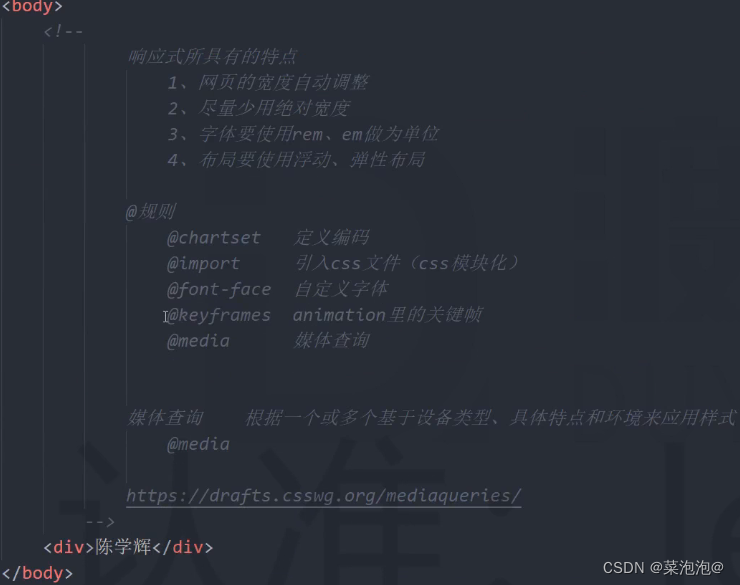
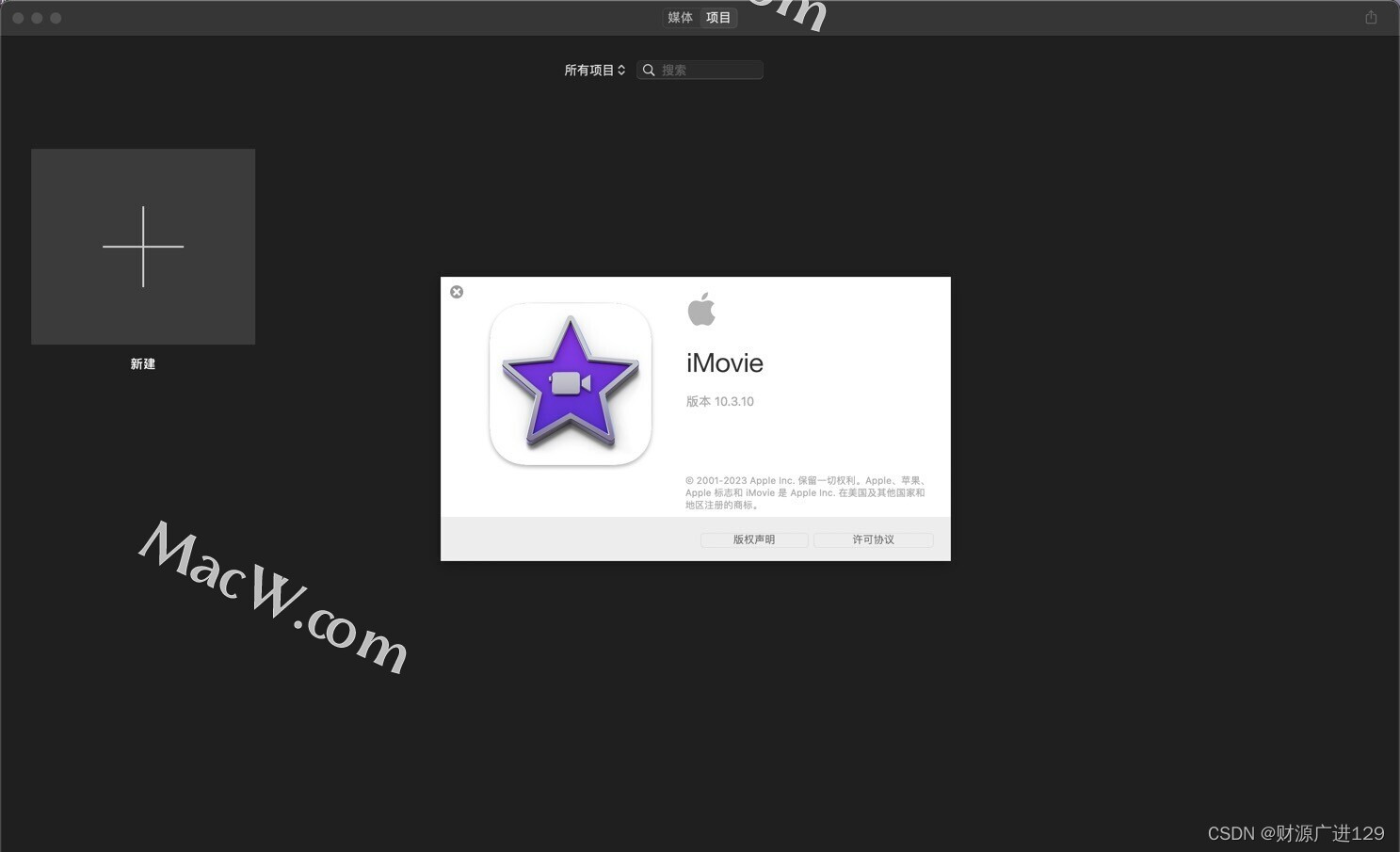
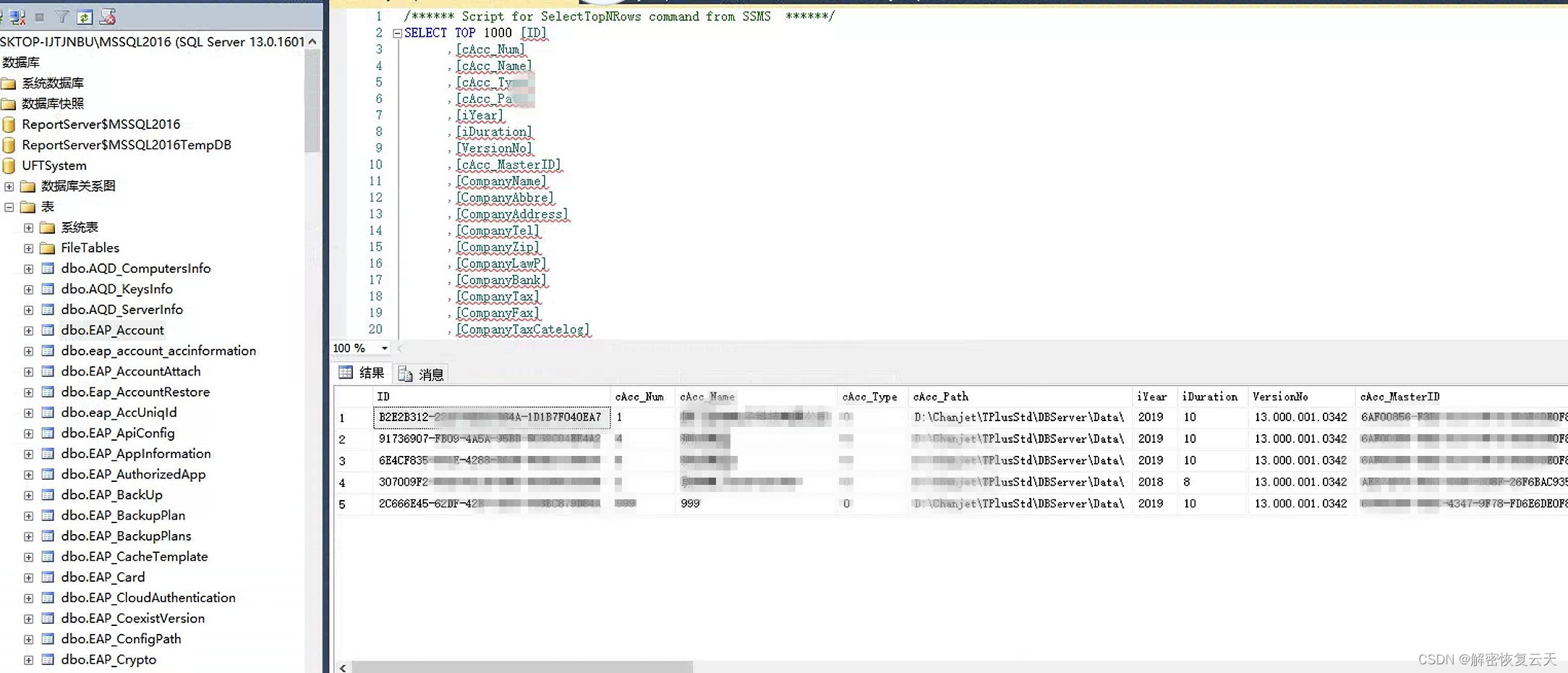

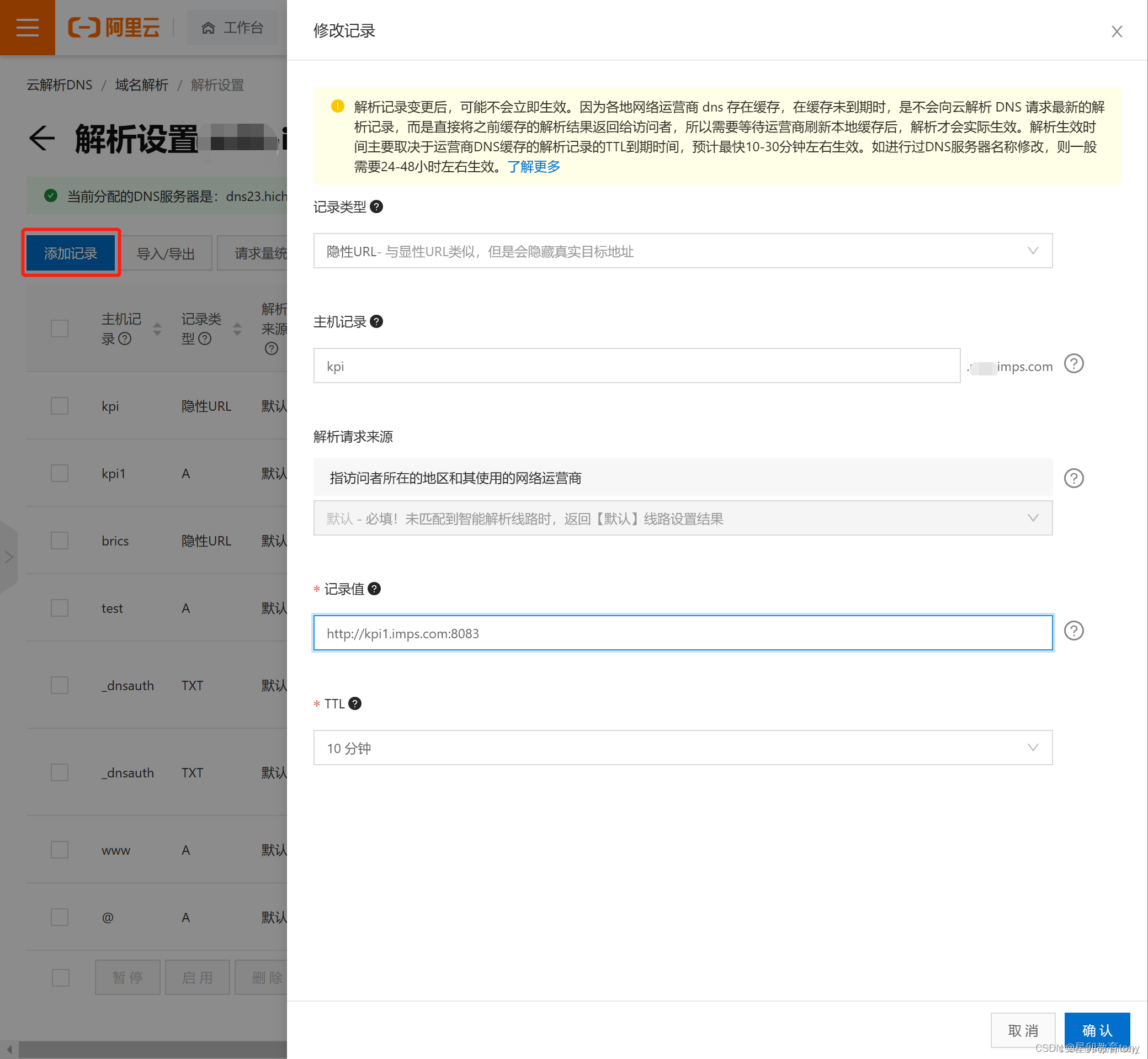
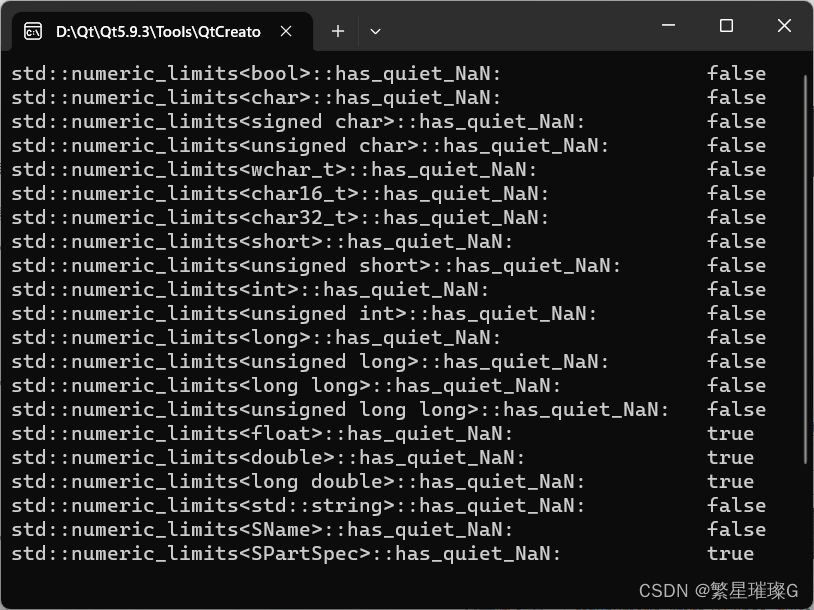
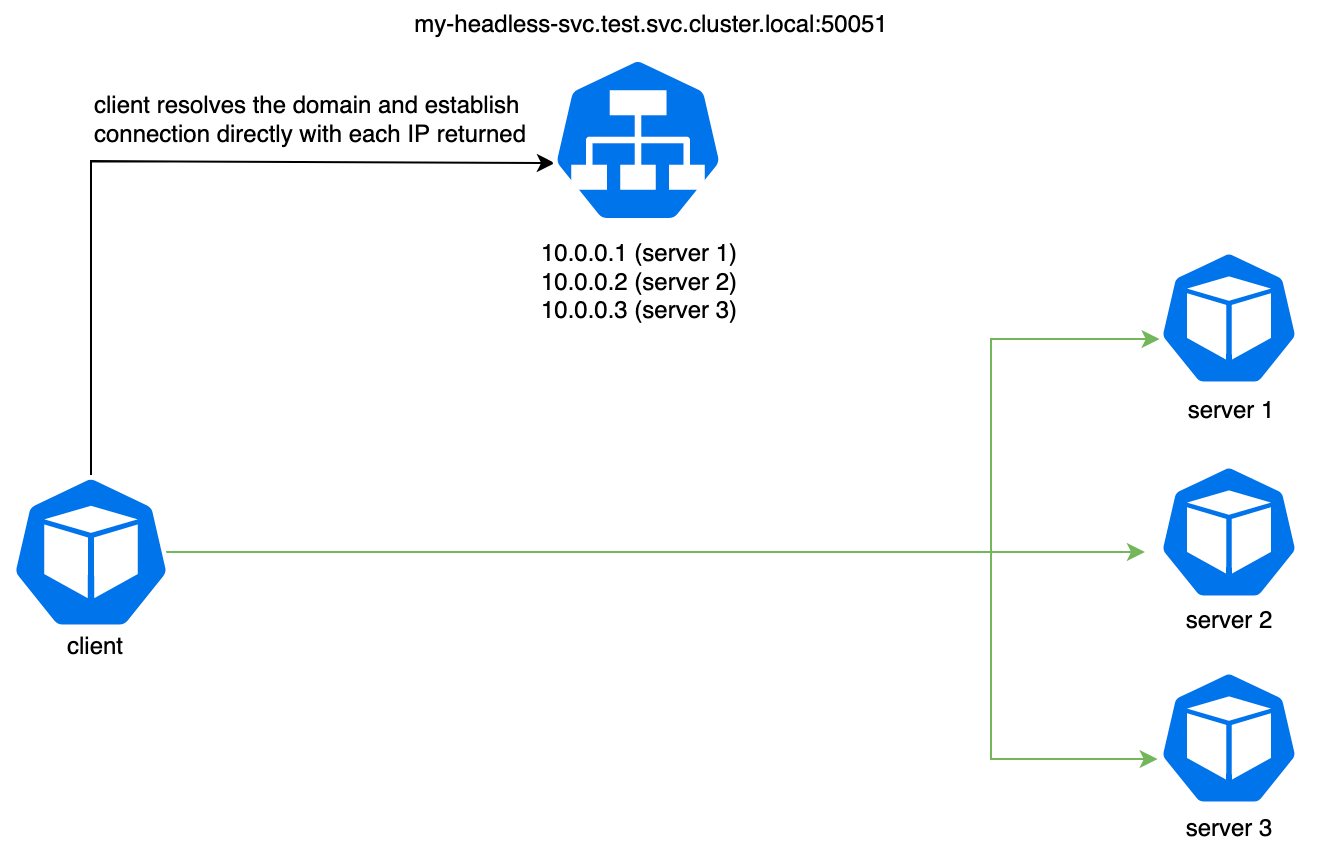
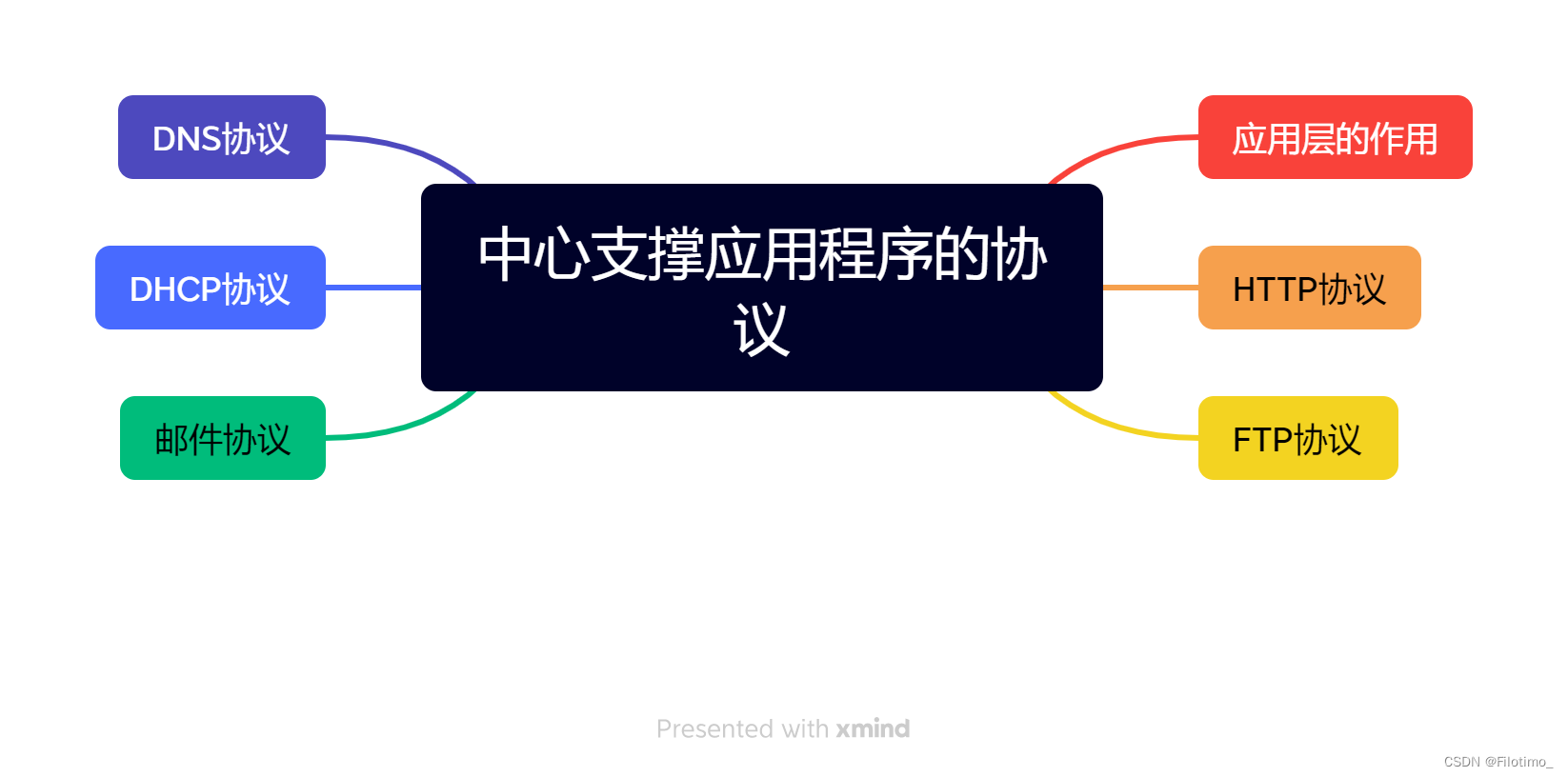
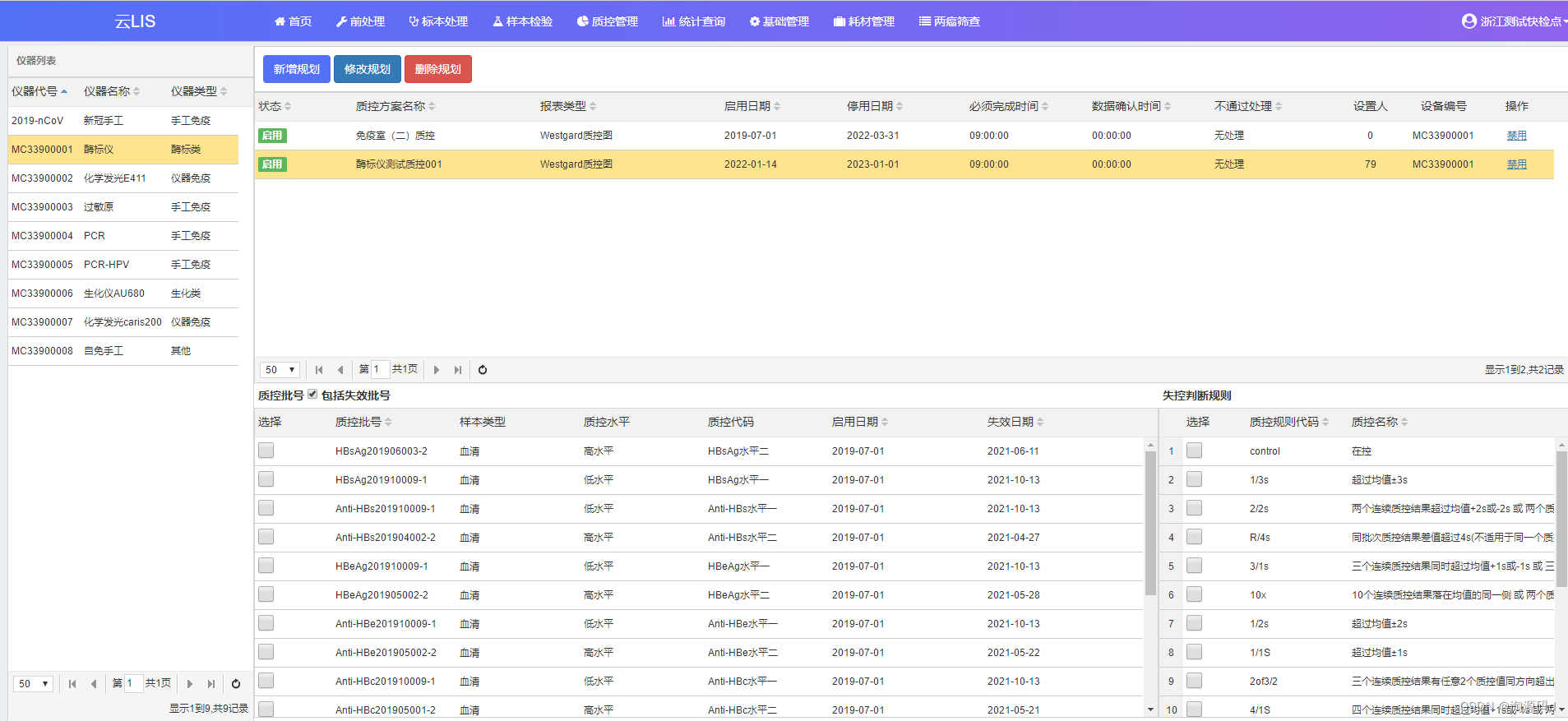


![[NCTF2019]SQLi regexp 盲注](https://img-blog.csdnimg.cn/cbbab13675bc4252a866c4e458ada693.png)
